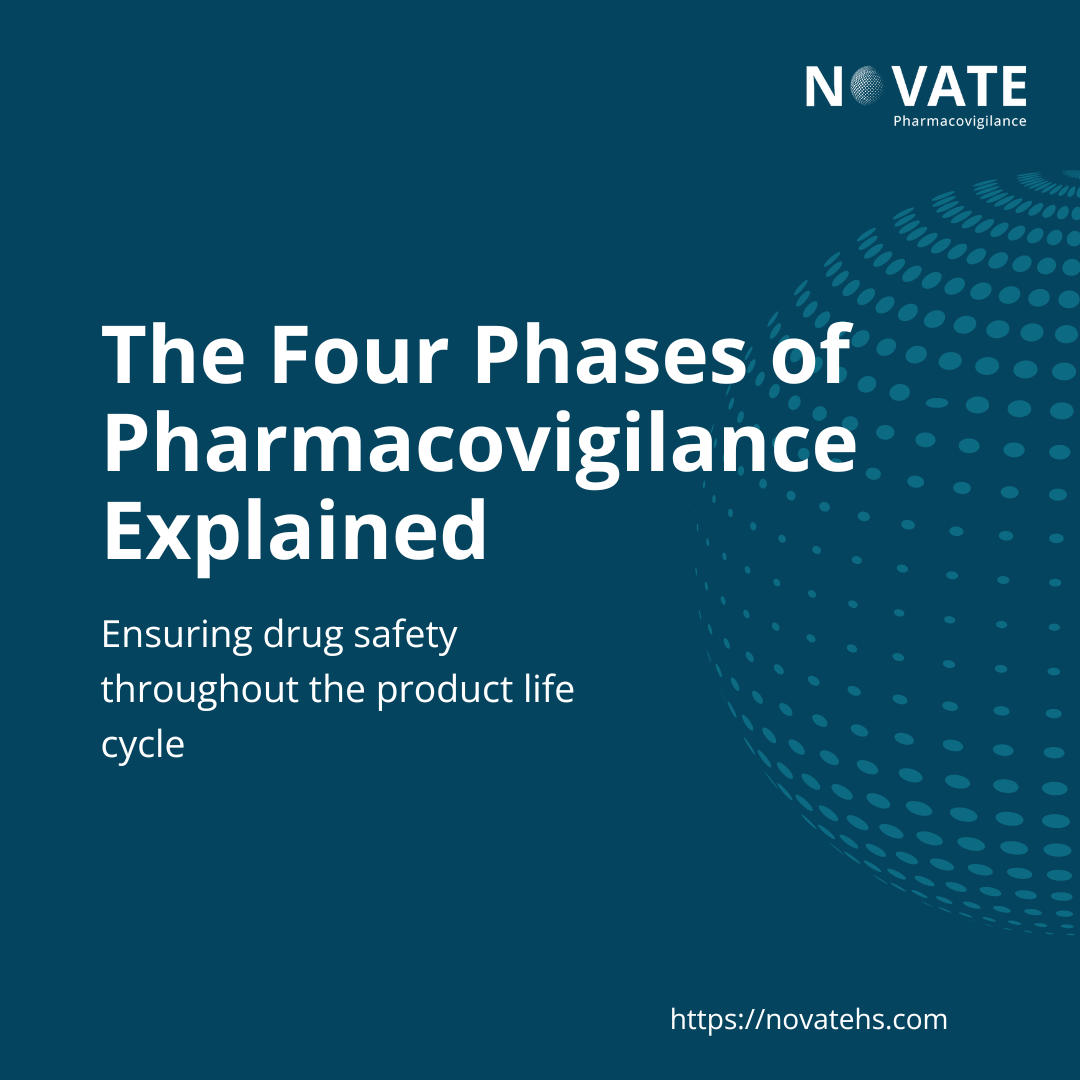
Pharmacovigilance plays a crucial role in ensuring the safety and efficacy of medications throughout their life cycle. It encompasses a wide range of activities, including the collection, detection, assessment, monitoring, and prevention of adverse effects associated with pharmaceutical products. This article delves into the four key phases of pharmacovigilance:
1. Pre-clinical Phase:
The pre-clinical phase focuses on assessing the safety and potential risks of a new drug before it enters human testing. This stage involves extensive laboratory and animal studies to evaluate the drug's:
- Pharmacokinetics: How the body absorbs, distributes, metabolizes, and excretes the drug.
- Pharmacodynamics: How the drug interacts with the body's targets and produces its intended effects.
- Toxicology: Potential for adverse effects and toxicity.
Pre-clinical studies provide valuable information for designing clinical trials and identifying potential safety concerns early on.
2. Clinical Trials Phase:
Clinical trials involve testing the drug in human volunteers to assess its safety, efficacy, and optimal dosage. These trials are typically conducted in four phases:
- Phase I: Small-scale studies with a limited number of healthy volunteers to assess the drug's safety and tolerability.
- Phase II: Larger studies with patients suffering from the targeted condition to evaluate the drug's efficacy and further assess its safety profile.
- Phase III: Pivotal studies involving a large number of patients across diverse populations to confirm the drug's efficacy and safety compared to existing treatments or placebo.
- Phase IV: Post-marketing surveillance studies conducted after the drug receives regulatory approval to monitor its long-term safety and effectiveness in real-world settings.
Clinical trials provide crucial data for regulatory agencies to make informed decisions about drug approval.
3. Post-marketing Phase:
Once a drug is approved for market use, pharmacovigilance activities continue through the post-marketing phase. This phase is crucial for:
- Identifying and monitoring rare adverse effects: Not all potential side effects are detected during clinical trials due to the limited number of participants and controlled settings. Post-marketing surveillance allows for the detection and monitoring of rare or unexpected adverse effects that may emerge with wider use in the real world.
- Evaluating long-term safety: Clinical trials are typically limited in duration, and long-term safety data is crucial for ensuring the continued safety of the drug. Post-marketing surveillance provides information about the drug's safety profile over extended periods of use.
- Risk-benefit assessment: The post-marketing phase allows for ongoing evaluation of the drug's risks and benefits based on real-world data. This continuous assessment helps ensure that the benefits of the drug outweigh the potential risks.
4. Ongoing Monitoring:
Pharmacovigilance is not a static process but rather an ongoing activity throughout the entire lifecycle of a drug. This includes:
- Spontaneous reporting: Healthcare professionals and patients are encouraged to report any suspected adverse events associated with the drug to regulatory agencies and pharmaceutical companies.
- Data analysis: Regulatory agencies and pharmaceutical companies continuously analyze data from various sources, including clinical trials, post-marketing surveillance, and spontaneous reports, to identify potential safety signals and trends.
- Risk management: Based on the collected data, risk management strategies are developed and implemented to minimize the risks associated with the drug. This may involve changes in the drug's labeling, dosage recommendations, or even withdrawal from the market if necessary.
Conclusion:
Pharmacovigilance plays a vital role in safeguarding public health by ensuring the safety and efficacy of medications. Through continuous monitoring and assessing drug safety throughout the drug development life cycle, pharmacovigilance helps to mitigate potential risks and optimize the use of medications for patient benefit.
References:
- World Health Organization (WHO): https://www.who.int/teams/regulation-prequalification/regulation-and-safety/pharmacovigilance
- European Medicines Agency (EMA): https://www.ema.europa.eu/en/human-regulatory-overview/pharmacovigilance-overview
